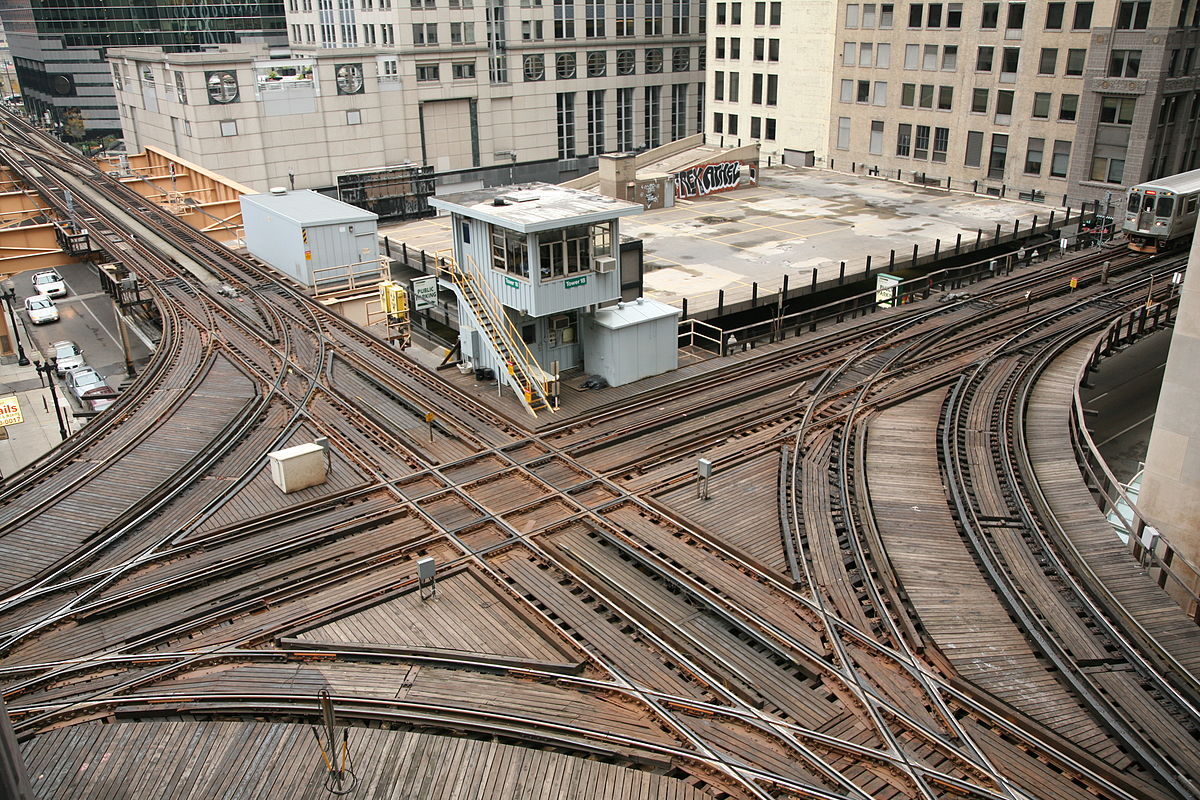How Donald Trump’s Infrastructure Plan Departs From Traditional Federal Funding
WASHINGTON, June 3, 2017 — Infrastructure plans in President Donald Trump’s 2018 budget represent a significant break from his predecessor not only in the brick-and-mortar variety, but also in the next generation of infrastructure for the next generation of the American economy — wired and wireless
Andrew Feinberg

WASHINGTON, June 3, 2017 — Infrastructure plans in President Donald Trump’s 2018 budget represent a significant break from his predecessor not only in the brick-and-mortar variety, but also in the next generation of infrastructure for the next generation of the American economy — wired and wireless broadband networks.
While infrastructure investment under President Barack Obama included massive programs for expanding network capacity to unserved and underserved areas, Trump’s first budget outline barely mentions expanding broadband. The word doesn’t even appear in the White House’s infrastructure budget fact sheet.
But for a careful observer, there are clues that could reveal what a potential Trump broadband plan could look like.
Trump’s budget, the White House said, will attempt to “leverage the private sector” to encourage investment and allow market forces to determine where to direct funding. “The private sector can provide valuable benefits for the delivery of infrastructure, through better procurement methods, market discipline, and a long-term focus on maintaining assets,” the White House said. “While public-private partnerships will not be the solution to all infrastructure needs, they can help advance the Nation’s most important, regionally significant projects.”
Such a proposal fits in well with Federal Communications Commission Chairman Ajit Pai’s plans for “Gigabit Opportunity Zones” to encourage investment in underserved areas, particularly in inner cities where lack of disposable income for high-speed service has led to a dearth of fiber and next-generation high-speed links and an over-reliance on legacy copper wiring for Digital Subscriber Line service.
But the Trump Administration appears to be talking out of both sides of its mouth on another possible remedy for poor broadband service.
Another point on the White House’s infrastructure fact sheet appears to embrace encouraging “self-help” by municipalities, states, and tribal governments. B, but it is unlikely that such an approach will translate from brick-and-mortar projects to broadband.
For example, While many municipalities — such from as Lafayette, Louisiana, to Chattanooga, Tennessee, to Wilson, North Carolina, — have attempted to embrace municipal broadband and fiber deployment when private investment has failed to bring promised improvements in service. But, Chairman Pai and his Republican colleagues have generally long been opposednents of such community broadband investments.
In fact, Republicans in a number of state legislatures have advanced legislation to outlaw the funding or construction of, or place serious restrictions upon, municipal networks when they would compete with private providers such as Comcast or Verizon, the latter of which Pai once served as an attorney.
A White House spokesperson did not respond to BroadbandBreakfast.com’s request for more information on whether the Trump Administration would extend its desire to encourage “self-help” to supporting municipal or community broadband networks.
(Photo of Chicago Transit Authority control tower by Daniel Schwen used with permission










Member discussion